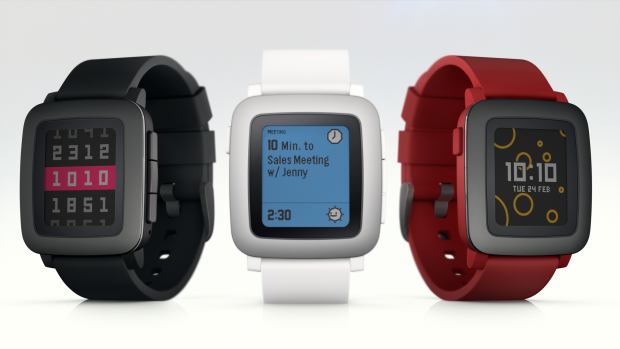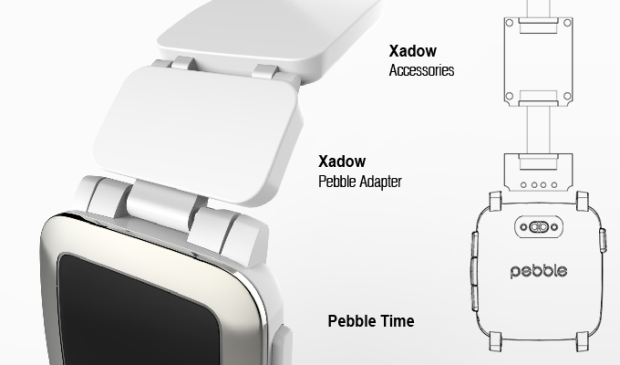Modular wearables aren’t for everyone, so Pebble has decided to offer its smartwatches in two strikingly different flavors: with and without smartstraps.
The manufacturer of some of the best smartwatches on Earth (or at least that’s what I think, along with the 78,471 backers that pledged money for Pebble’s latest crowdfunding campaign on Kickstarter) has recently announced that it would launch smartstraps for Pebble Time, in an attempt to satisfy as many needs as possible.

Modular wearables don’t represent an entirely new concept (as Phoneblocks has toyed with this idea, too, last year, and announced that it would launch the BLOCKS modular smartwatch in 2015), but we have yet to see a mainstream solution. The fact that these smartstraps are coming from Pebble and not from a newcomer should boost the overall confidence of the potential customers. As if Pebble didn’t already have plenty of backers!
“It’s only been a few short weeks since we announced smartstraps, but we’re pretty pumped with how it’s going,” explained Pebble CEO Eric Migicovsky in an e-mail to Brian P. Rubin of ReadWrite. “Pebble is working on a few projects internally, but we haven’t made any of them public yet.”
Migicovsky also hinted at some of the possibilities: “Imagine GPS, so you could track your runs and rides without taking your phone along, or a battery strap, increasing Pebble Time’s battery from seven days to…maybe a month? Then there is always the opportunity for hackers and makers to create straps that bring a special, unique sensor or functionality for a particular use case, like a certain health situation.”

Xadow, Seeed’s modular hardware platform, will soon be compatible with Pebble’s smartstrap port, and considering that the platform includes such modules as barometric sensors, NFC chips, and accelerometers, among many others, there’s a lot to be excited about. Spark, a San Francisco Internet-of-Things startup, demonstrated their skills by creating a cellular connectivity smartstrap in an afternoon.
“When Pebble was announcing Time, they talked about their smartstraps, and we were building the Electron at the same time,” stated Zach Supalla, Sparks’ CEO, in an interview with ReadWrite. “We thought, oh, this would be a really cool use case. Let’s hack together a prototype and show how a Pebble could theoretically be not tethered to a phone and connect directly to a cellular network. […] Really for us, it’s about inspiring people to think about creating products like that themselves. We’d love to see somebody take the Electron, which is our development kit, and use it to create something like that as a commercial product.”
In conclusion, Pebble seems to agree with the “different strokes for different folks” expression, and realizes that the perfect smartwatch is the one you build yourself, with only the modules you need and nothing more. In the future, modularity will (or should) be applied to smartwatches and smartphones, but I’d like to see more devices, and especially wearables, following this trend. After all, some functions available in the smartwatches we can buy now are utterly useless to some, while others think that they could use some more functions besides the basic ones.
Be social! Follow Walyou on Facebook and Twitter, and read more related stories about the BLOCKS modular smartwatch, or the Pebble Time color e-paper smartwatch.










